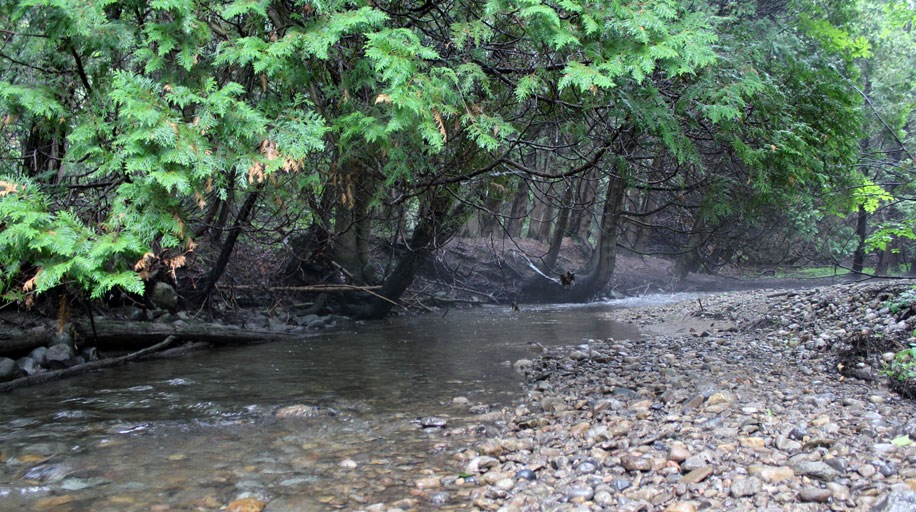Trail Etiquette
Everyone is welcome to enjoy these areas but remember, you are a guest of the forests and meadows: take nothing but pictures, leave nothing but footprints. These lands are a legacy for future generations – held in trust for public use and enjoyment.
Obey all posted signs . Rules and guidelines are posted at official trailheads on Lower Trent Conservation properties. These rules are designed to protect the ecological integrity of our conservation lands and promote safe and enjoyable trail use.
Stay on the main trails . Don’t make new trails or use unmarked or closed trails. The creation and use of spur trails causes erosion, damages vegetation, and may disturb animal habitat. Habitat may become fragmented and invasive species can spread further into undisturbed areas, putting more stress on the ecosystem. Trails may be closed at certain times of the year for safety or maintenance purposes. Also, if trail conditions appear sensitive, avoid damaging the trails through continued use. This includes extremely muddy or highly eroded areas which are very sensitive to trampling.
Leash & Scoop . Do not allow your pets to run loose, as it may disturb other hikers or small wild animals that are protected in these areas. Please remove excrement from the trail and carry it out in a plastic bag. Do not leave plastic bags, or other garbage, in the forest.
Do not pick or collect anything . There are many rare and unusual plants located on Lower Trent Conservation lands, as well as many wildflowers, trees and shrubs that are important sources of food and shelter for wildlife. Removing any of these natural features could disrupt plant and animal survival, as well as alter the natural beauty of the landscape.
Pack it Out . Please don’t litter. Take your garbage and recyclables with you when you leave.
No motorized vehicles. Our trails are narrow and do not have the base needed to withstand the impact of motorized vehicles. Motorized vehicles pose a safety hazard for hikers and wildlife, and damage vegetation and habitat.


